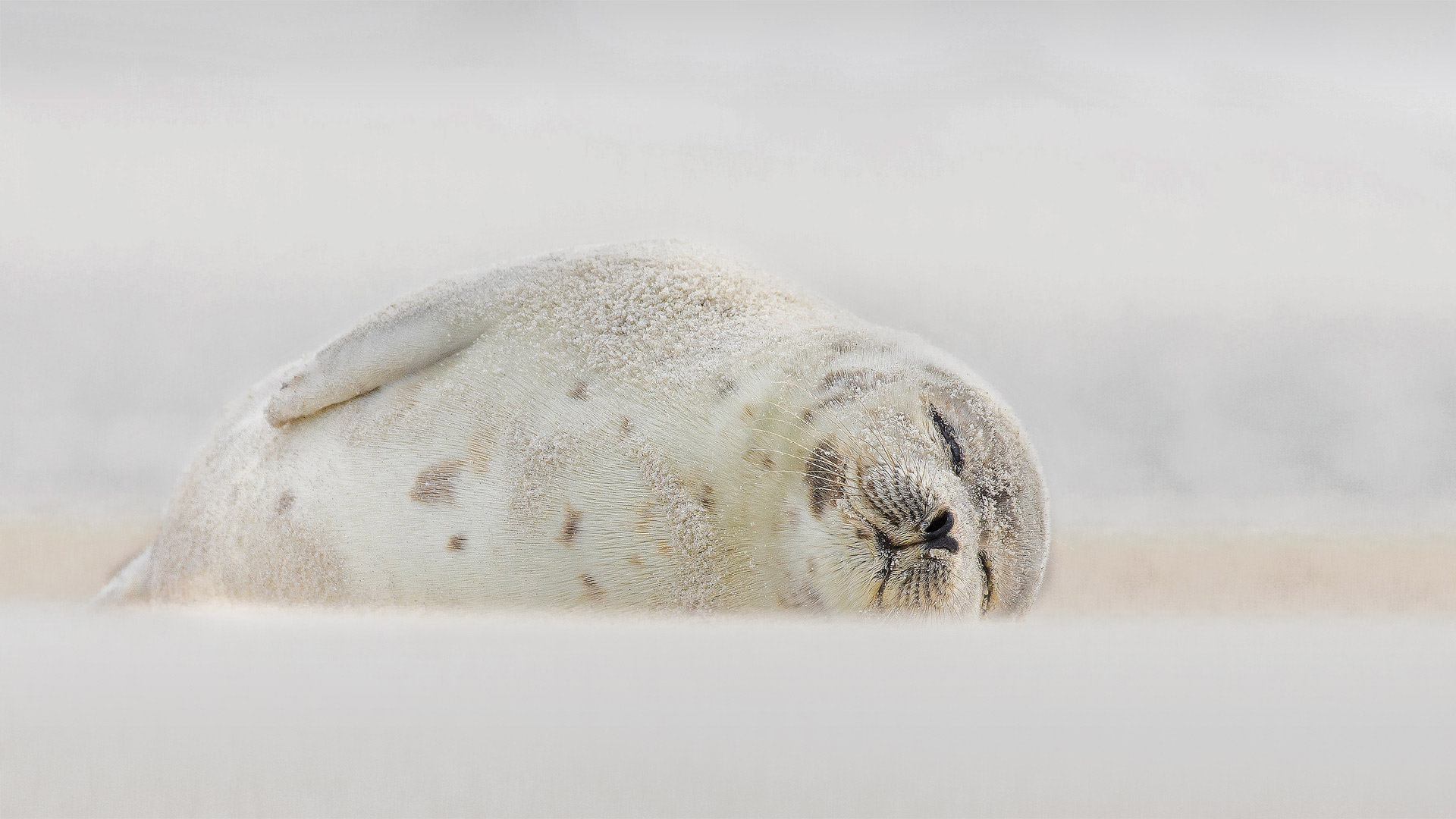概述
Kubernetes(下文简称为k8s)具有对机器的资源进行分配和使用的能力,比如k8s可以指定容器最多使用多少内存以及使用多少CPU计算资源。那么问题来了,一般来说容器就是使用CPU和内存资源,那么对于需要使用显卡的Pod,k8s也能够支持吗?答案当然是可以啦!目前k8s不仅支持容器请求GPU资源,还支持请求几块显卡的GPU资源,这使得k8s在深度学习等场景下也有了用武之地。
1. 安装GPUdocker
#安装nvidia-docker
distribution=$(. /etc/os-release;echo $ID$VERSION_ID)
curl -s -L https://nvidia.github.io/nvidia-docker/$distribution/nvidia-docker.repo | sudo tee /etc/yum.repos.d/nvidia-docker.repo
yum install -y nvidia-container-toolkit
# 安装nvidia-docker2
yum install -y nvidia-docker2
# 设置docker配置参数
cat <<EOF > /etc/docker/daemon.json
{
"default-runtime": "nvidia",
"runtimes": {
"nvidia": {
"path": "nvidia-container-runtime",
"runtimeArgs": []
}
},
"registry-mirrors": [
"https://registry.docker-cn.com",
"https://docker.mirrors.ustc.edu.cn",
"http://hub-mirror.c.163.com"
],
"bip": "192.168.50.1/24",
"exec-opts": ["native.cgroupdriver=systemd"],
"log-driver":"json-file",
"log-opts": {"max-size":"500m", "max-file":"2"}
}
EOF
测试是否正常安装
docker run --security-opt=no-new-privileges --cap-drop=ALL --network=none -it -v /var/lib/kubelet/device-plugins:/var/lib/kubelet/device-plugins nvidia/k8s-device-plugin:1.11
出现以下信息代表没生效
2018/11/08 02:58:17 Loading NVML
2018/11/08 02:58:17 Failed to initialize NVML: could not load NVML library.
2018/11/08 02:58:17 If this is a GPU node, did you set the docker default runtime to nvidia?
2018/11/08 02:58:17 You can check the prerequisites at: https://github.com/NVIDIA/k8s-device-plugin#prerequisites
2018/11/08 02:58:17 You can learn how to set the runtime at: https://github.com/NVIDIA/k8s-device-plugin#quick-start
出现以下信息代表生效了
2018/11/08 02:58:46 Loading NVML
2018/11/08 02:58:46 Fetching devices.
2018/11/08 02:58:46 Starting FS watcher.
2018/11/08 02:58:46 Starting OS watcher.
2018/11/08 02:58:46 Starting to serve on /var/lib/kubelet/device-plugins/nvidia.sock
2018/11/08 02:58:46 Registered device plugin with Kubelet
2. k8s集群安装gpu-scheduler
0. Prepare GPU Node
This guide assumes that the NVIDIA drivers and nvidia-docker2 have been installed.
Enable the Nvidia runtime as your default runtime on your node. To do this, please edit the docker daemon config file which is usually present at /etc/docker/daemon.json:
{
"default-runtime": "nvidia",
"runtimes": {
"nvidia": {
"path": "/usr/bin/nvidia-container-runtime",
"runtimeArgs": []
}
}
}
if
runtimesis not already present, head to the install page of nvidia-docker
1. Deploy GPU share scheduler extender in control plane
cd /etc/kubernetes/
curl -O https://raw.githubusercontent.com/AliyunContainerService/gpushare-scheduler-extender/master/config/scheduler-policy-config.json
cd /tmp/
curl -O https://raw.githubusercontent.com/AliyunContainerService/gpushare-scheduler-extender/master/config/gpushare-schd-extender.yaml
kubectl create -f gpushare-schd-extender.yaml
2. Modify scheduler configuration
The goal is to include /etc/kubernetes/scheduler-policy-config.json into the scheduler configuration (/etc/kubernetes/manifests/kube-scheduler.yaml).
Here is the sample of the final modified kube-scheduler.yaml
Notice: If your Kubernetes default scheduler is deployed as static pod, don't edit the yaml file inside /etc/kubernetes/manifest. You need to edit the yaml file outside the
/etc/kubernetes/manifestdirectory. and copy the yaml file you edited to the '/etc/kubernetes/manifest/' directory, and then kubernetes will update the default static pod with the yaml file automatically.
2.1 Add Policy config file parameter in scheduler arguments
- --policy-config-file=/etc/kubernetes/scheduler-policy-config.json
2.2 Add volume mount into Pod Spec
- mountPath: /etc/kubernetes/scheduler-policy-config.json
name: scheduler-policy-config
readOnly: true
- hostPath:
path: /etc/kubernetes/scheduler-policy-config.json
type: FileOrCreate
name: scheduler-policy-config
3. Deploy Device Plugin
wget https://raw.githubusercontent.com/AliyunContainerService/gpushare-device-plugin/master/device-plugin-rbac.yaml
kubectl create -f device-plugin-rbac.yaml
wget https://raw.githubusercontent.com/AliyunContainerService/gpushare-device-plugin/master/device-plugin-ds.yaml
kubectl create -f device-plugin-ds.yaml
Notice: please remove default GPU device plugin, for example, if you are using nvidia-device-plugin, you can run
kubectl delete ds -n kube-system nvidia-device-plugin-daemonsetto delete.
4. Add gpushare node labels to the nodes requiring GPU sharing
You need to add a label "gpushare=true" to all node where you want to install device plugin because the device plugin is deamonset.
kubectl label node <target_node> gpushare=true
For example:
kubectl label node mynode gpushare=true
5. Install Kubectl extension
5.1 Install kubectl 1.12 or above
You can download and install kubectl for linux
curl -LO https://storage.googleapis.com/kubernetes-release/release/v1.12.1/bin/linux/amd64/kubectl
chmod +x ./kubectl
sudo mv ./kubectl /usr/bin/kubectl
5.2 Download and install the kubectl extension
cd /usr/bin/
wget https://github.com/AliyunContainerService/gpushare-device-plugin/releases/download/v0.3.0/kubectl-inspect-gpushare
chmod u+x /usr/bin/kubectl-inspect-gpushare
参考文档
https://github.com/AliyunContainerService/gpushare-scheduler-extender/blob/master/docs/install.md
https://bluesmilery.github.io/blogs/afcb1072/


评论